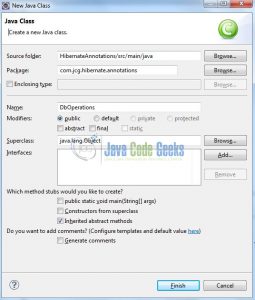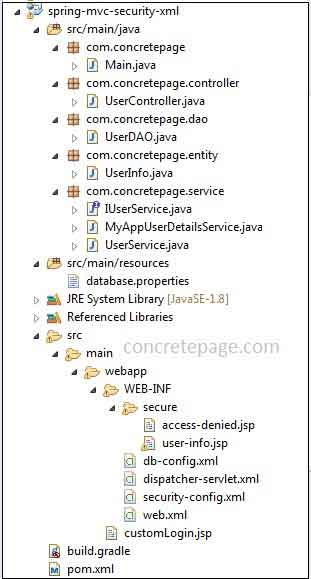


Some developers consider it a good convention to add the standard annotation as well (although not required by Hibernate), so an entity class implementation might look like this: = CacheConcurrencyStrategy.READ_WRITE)įor each entity class, Hibernate will use a separate cache region to store state of instances for that class. In order to make an entity eligible for second-level caching, we'll annotate it with the Hibernate specific annotation, and specify a cache concurrency strategy. The loaded instance state is also stored in the L2 cache if it wasn't already there. Once the instance is stored in the persistence context (first-level cache), it's returned from there in all subsequent calls within the same session until the session is closed, or the instance is manually evicted from the persistence context. Otherwise, the necessary data are loaded from the database and an instance is assembled and returned.If an instance isn't found in the first-level cache, and the corresponding instance state is cached in the second-level cache, then the data is fetched from there and an instance is assembled and returned.If an instance is already present in the first-level cache, it's returned from there.when it loads associations to that entity from other entities), and second-level caching is enabled for that entity, the following happens: When an entity instance is looked up by its id (either by application logic or by Hibernate internally, e.g. Conversely, a second-level cache is SessionFactory-scoped, meaning it's shared by all sessions created with the same session factory.


 0 kommentar(er)
0 kommentar(er)
